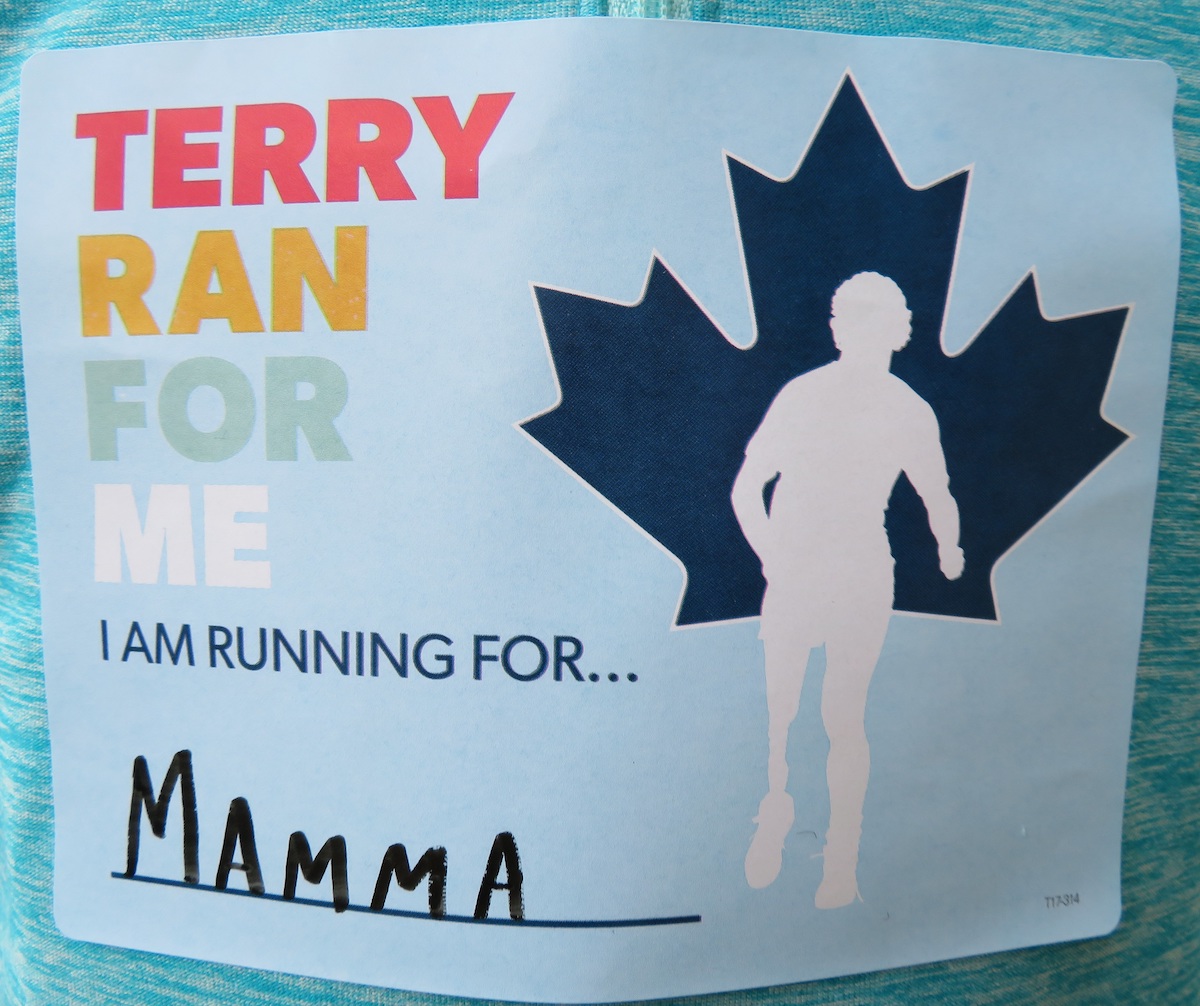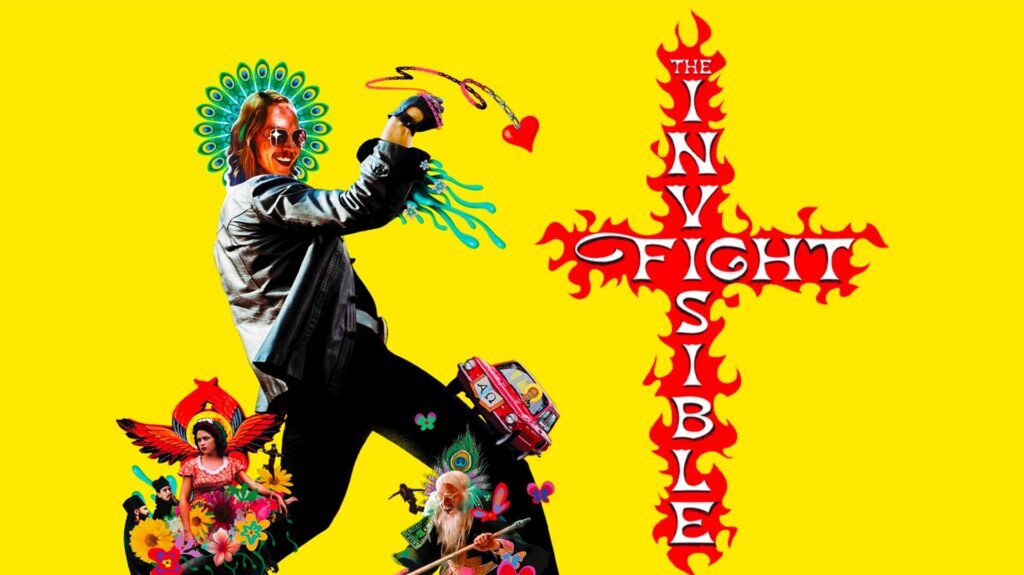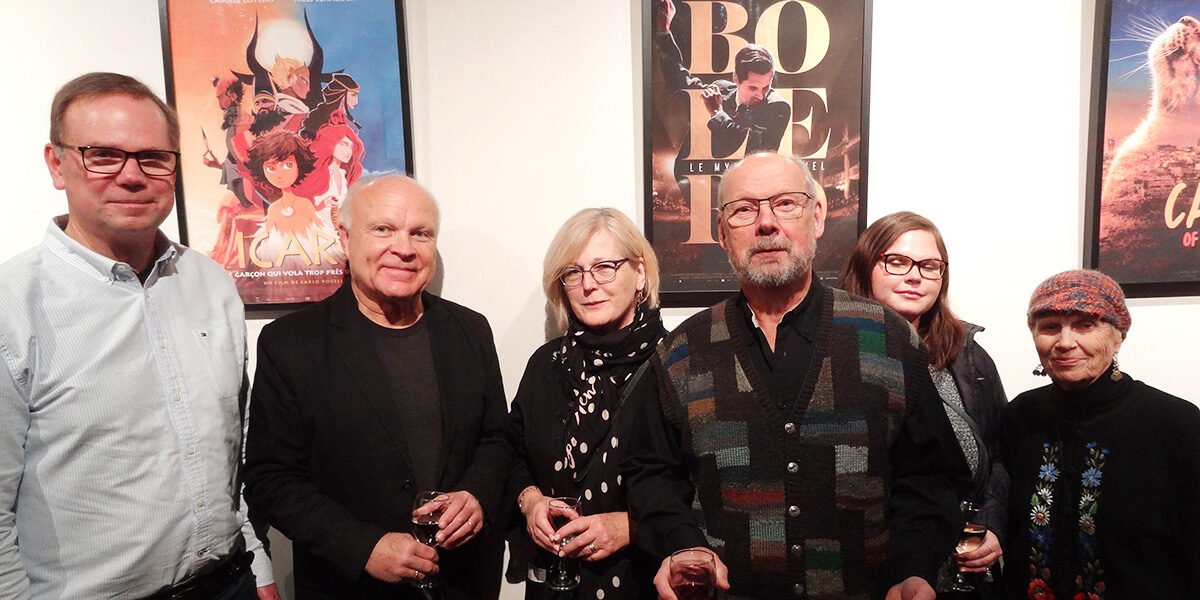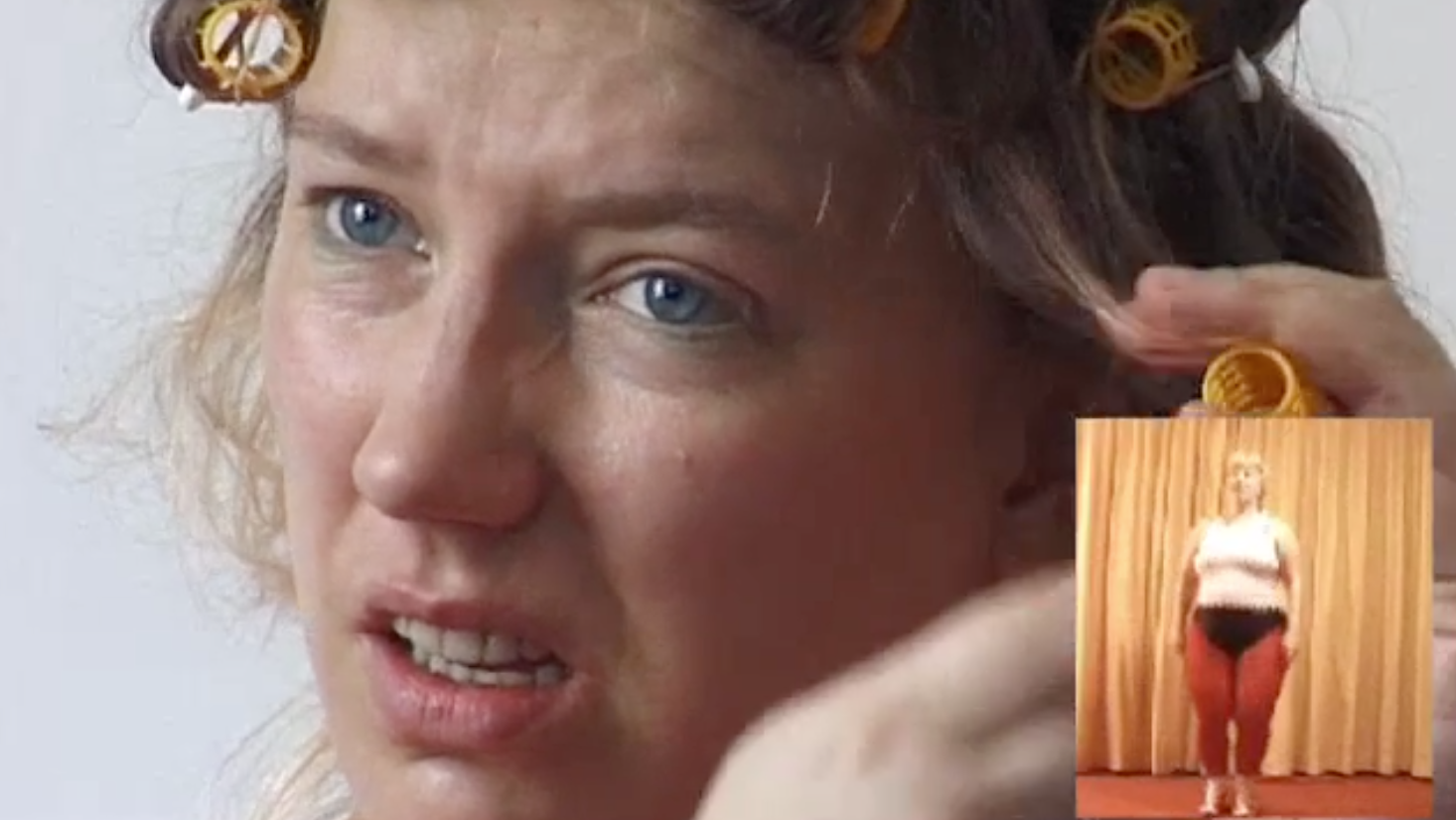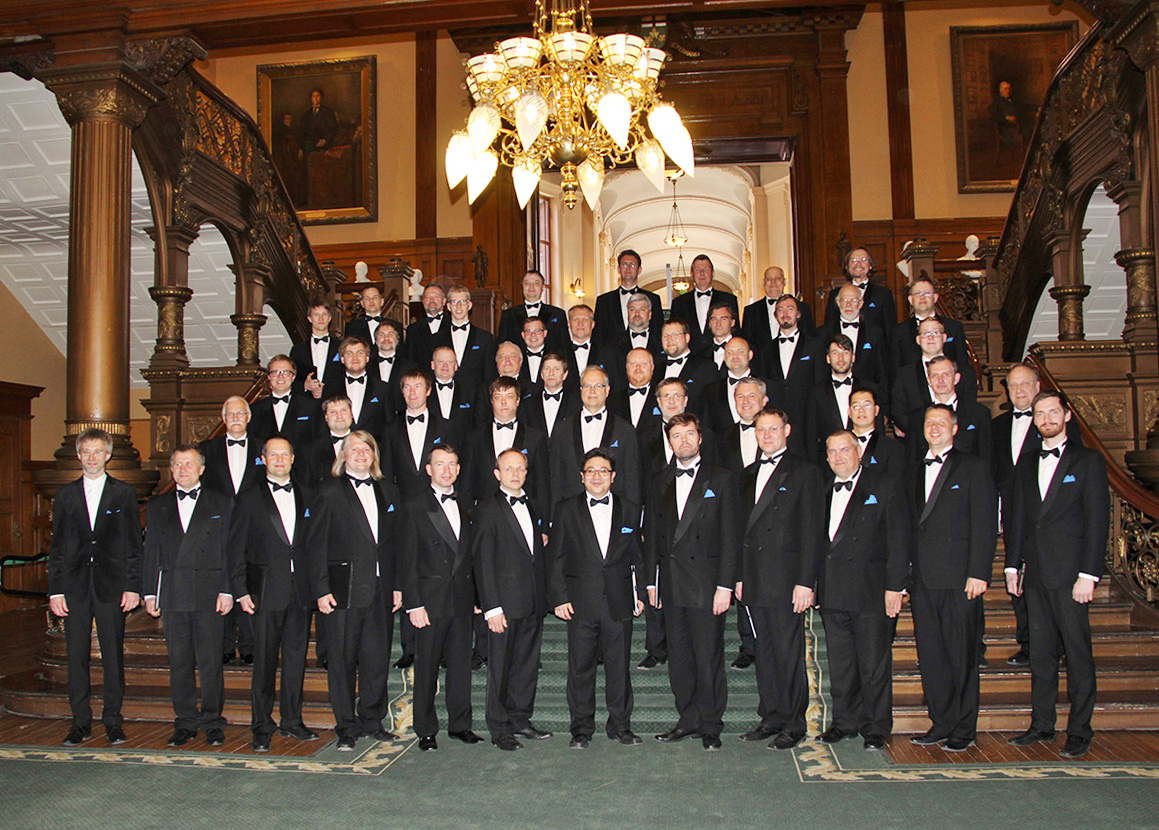Read more at www.terryfox.org/international-runs.
This year we found out and experienced firsthand that basically all Canadian public schools hold Terry Fox walk/runs at their respective schools in the latter half of September. People annetavad (donate) funds sponsoring the runners, who are able to write on a kleeps (sticker), who they are running for, or in memory of. This 10 year-old runner's Mamma has made it through a rinna/eemaldus (mastectomy) and keemia/ravi (chemotherapy). She's been lucky. Always be sure to heed the call for all manner of cancer sõel/uuringud (screenings). As a dual citizen, I took part in 2 in Eesti this year and now have been encouraged to participate in 2 upon arriving in Canada. Everyone seems to know I had a rather significant birthday recently… What's bittersweet is that I'm being asked (as a Canadian) to take part in colorectal cancer screening for the first time, whereas my 76-year-old father-in-law in Eesti has never been offered such a possible life-saving opportunity. Thank goodness there is jäme/soole/vähi (colon cancer) screening every 2 years in Estonia now, but it's for people with ravi/kindlustus (health care insurance) aged 60-69. Needless to say, it’s a very teretulnud algatus (welcome initiative).
Remission is the reduction or disappearance of the signs and symptoms of a disease and is often used when speaking of cancer. In Estonian you can say “vähi / vähk/tõve taandumine“, (“withdrawl / retreat” of the disease), or informally that the disease has been seljatatud (overcome, from the wrestling term, the direct translation of which implies pinning the opponent on “its” back).
If you were to search for “vähid Eestis” or “Eesti vähid” on the internet, you would get two kinds of results: the species of kümne/jalalised (decapod) crustaceans or shellfish (vähid, vähi/laadsed, koorik/loomad) living in Estonia and the most common types of cancer (vähk/tõbi, pl -tõved) among the country's population. The most common crustacean in Eesti is the jõe/vähk (European crayfish). There is also a Baltic shrimp (Lääne/mere KREVETT) in Estonian waters, which has even found a permanent home on these shores, in Newfoundland, the CBC reported in 2015. And it's always good to know that lobster is HOMAAR in Estonian. According to statistika from 2016, the most common vähk/kasvajad (malignant tumours) among men in Estonia were cancers of the ees/nääre (prostate gland) and kops (lung); and among females rinna/vähk (breast cancer) and naha mitte/melanoom (non-melanoma skin cancers).
Vähi/kasvataja is a crayfish farmer, vähk/kasvaja is a cancerous growth / tumour. The Tropic of Cancer is vähi pööri/joon (or põhja/pööri/joon) – the first being both the circle of latitude and the novel of the same name. The täht/kuju (astrological sign) of people born between 21. juuni and 22. juuli is also vähk (Cancer), aka vähi täht/kujus sündinud inimesed.
Cancer, the disease, can be described as having the chenae / claws of a decapod crustacean – SÕRAD in Estonian. The pincer-like tips of sõrad are used for gripping (haaramine) and can also be called haaratsid. A sõrg, (pl sõrad) is also the cloven hoof of a pig, deer, et al. And a crowbar is a sõrg/kang, which people simply call a sõrg.
Keep running and fighting for whoever needs your support in battling cancer! Huge strides continue to be made. Although Terry could not resume his run and died 10 months later, he did not lose his fight. He said: “It’s got to keep going without me”, and it is. To date over $700 million has been raised for cancer research in Terry's name.
Riina Kindlam
